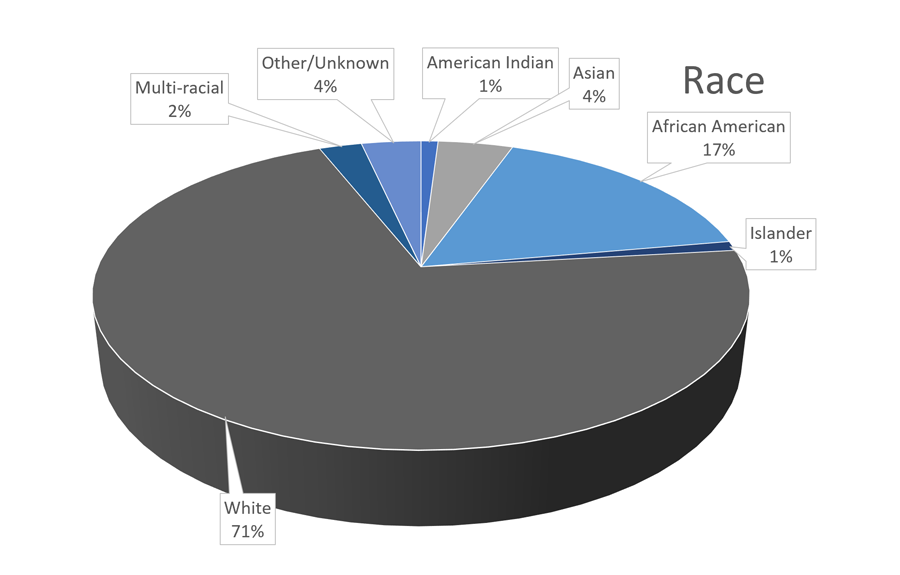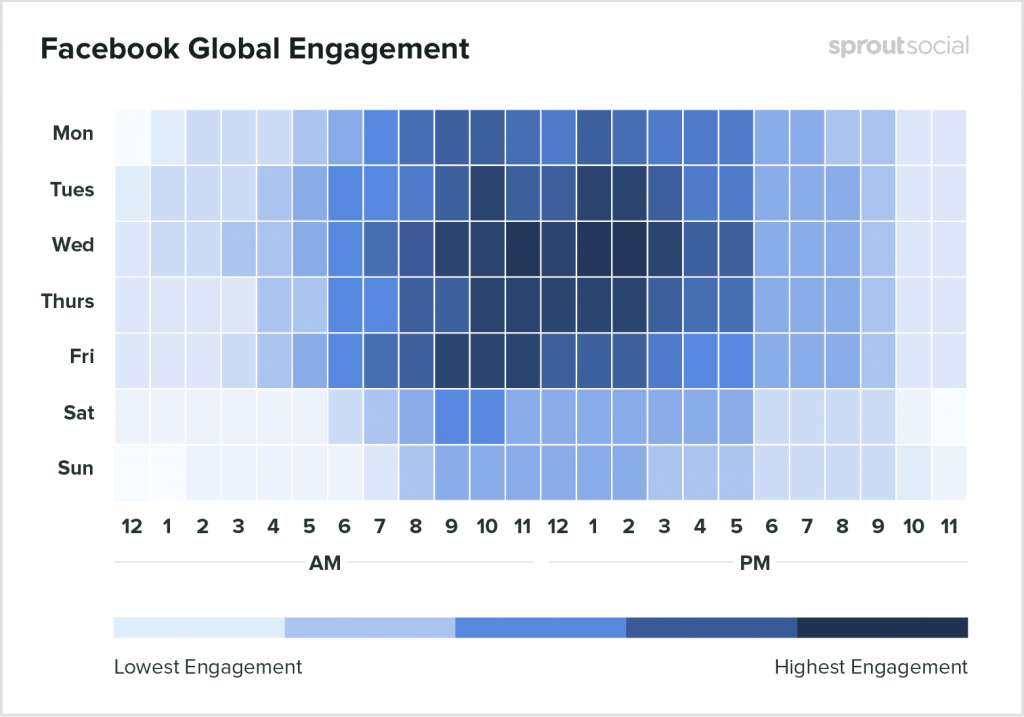RPIE Part 1 – It’s as Delicious as it Sounds (Research)
by Nicholas ChoppIntroduction
Communication – it’s arguably the most important thing we do every day, but how often do you REALLY think about it? If you’re like most people, close to never. We learn how to speak, interpret body language, and read through observation, education, and intuition for our first decade or two. After that, most of us coast on those ingrained skills for the rest of our lives. But how much are we missing out on by failing to be deliberate and reasoned in our communication efforts? Spoiler: A lot.
RPIE
In the professional communication world, we use a process called RPIE to guide our efforts:
Research
Planning
Implementation
Evaluation

Research – Analyzing Your Audience
The first step in research is analyzing your audience – who you want to reach. Who makes up your core client base? Using Revitalize as an example, our core client base is service members and their spouses that are getting ready to leave the island of Hawaii. You’ll notice that this is a narrow audience – that is absolutely VITAL to effective communication. Too large of an audience will dramatically limit the effectiveness of your communication efforts.
Now that we’ve identified the rough makeup of our audience, we need to look at demographics. Since my clientele is primarily service members, I have a pretty easy time breaking down their demographics:



One thing to note is the gender difference. In a vacuum, I would obviously be more concerned about males than females – but since spouses are also part of my target market, that more or less evens out.
Now that you’ve identified the major demographics of your audience, you need to identify how they consume media. Pew Research can do a lot of the heavy lifting for you:



So now I know my target market is primarily using Facebook, followed by Instagram. But what is the best time to reach them? Pew doesn’t have analytics on the most common times for social media usage, so heading over to SproutSocial can help us out:

Best times: Wednesday, 11 a.m. and 1–2 p.m.
Best day: Wednesday
Worst day: Sunday
“In addition to the top times to post above, Facebook as a whole showed the most consistent engagement during the time period of Tuesday through Thursday, 8 a.m.–3 p.m., so these can be considered other “safe” times to post. On the other hand, the lowest engagement that you may want to avoid occurred every day either before 7 a.m. or after 5 p.m.” SocialSprout
Moving on to Instagram (where I’m not nearly as active as I should be):

- Best times: Wednesday at 11 a.m. and Friday from 10 a.m.–11 a.m.
- Best day: Wednesday
- Worst day: Sunday
“Looking at Instagram as a whole, the most consistent engagement can be found Monday through Friday, 9 a.m.–4 p.m. Engagement becomes lower every day before 6 a.m. and after 9 p.m, but compared to other platforms, Instagram does have scattered points of engagement on weekends and mornings. This could be fueled by the increasing popularity of bite-sized Instagram Stories that are easy to check in on any time, and whose ephemeral nature can drive FOMO.” SocialSprout
The Actual Analysis
So I now know that my demographic is 17-30-year-olds, skews male (even after adding in spouses), and is active on both Facebook and Instagram. I have global data on the best times to use Facebook and Instagram, but this is where you have to do some more situational thinking. The habits of my target market in Hawaii would be different from the same target demographic if they were located in, say, Alaska. I can count on most of my audience being out and about on the weekends, whereas that could be very different in Alaska. Or in a metro with a It’s important to remember that while statistics are important, they need to have common sense and your own knowledge applied to them. If I’m in a climate with severe winters, weekends during the winter may be a valid time to try to reach my audience using social media.
For another example, what if your target market is classic car owners? Experience tells us that they are going to typically be 55+ white males. Many of them are very involved in local car clubs. Becoming a member and attending meets can lead to valuable leads, and many car clubs often have Internet forums that are more active with that target audience than social media. Becoming a sponsor and staying active on those forums could pay off large dividends.
Conclusion
We have to be like Ron Swanson, and know what we’re about – knowing our core niche, and what we’re trying to achieve with our communication. Stay tuned for our next post in the series, where we dig into the P of RPIE – planning.
Related Posts
- RPIE Part 5 – It’s as Delicious as it Sounds (Evaluation)
- RPIE Part 4 – It’s as Delicious as it Sounds (Implementation Part 2)
- RPIE Part 3 – It’s as Delicious as it Sounds (Implementation)
- RPIE Part 2 – It’s as Delicious as it Sounds (Planning)
- 3 Easy Rules for Short Form Content on Tiktok, IG and FB Reels








No comments yet. Be the first!